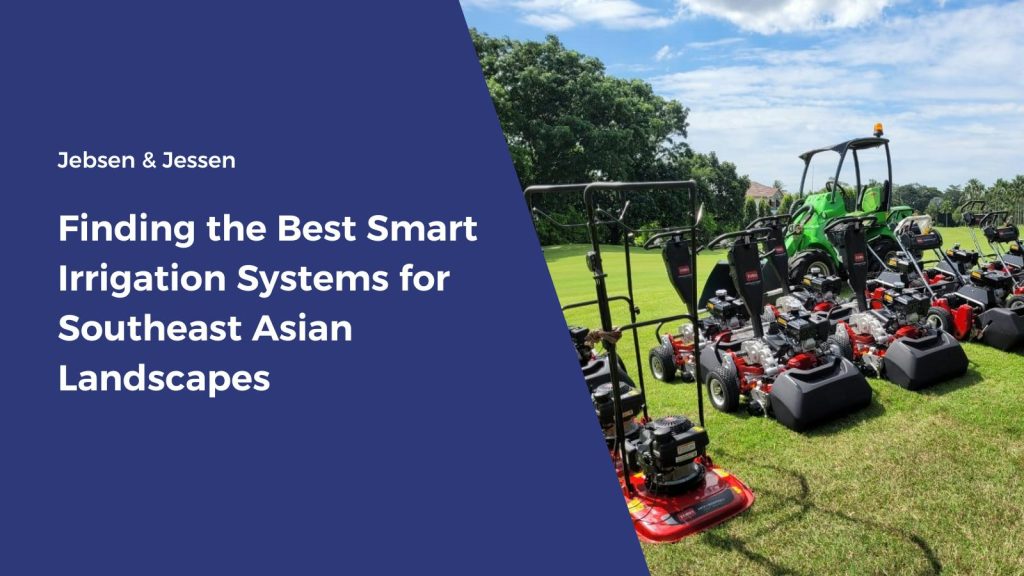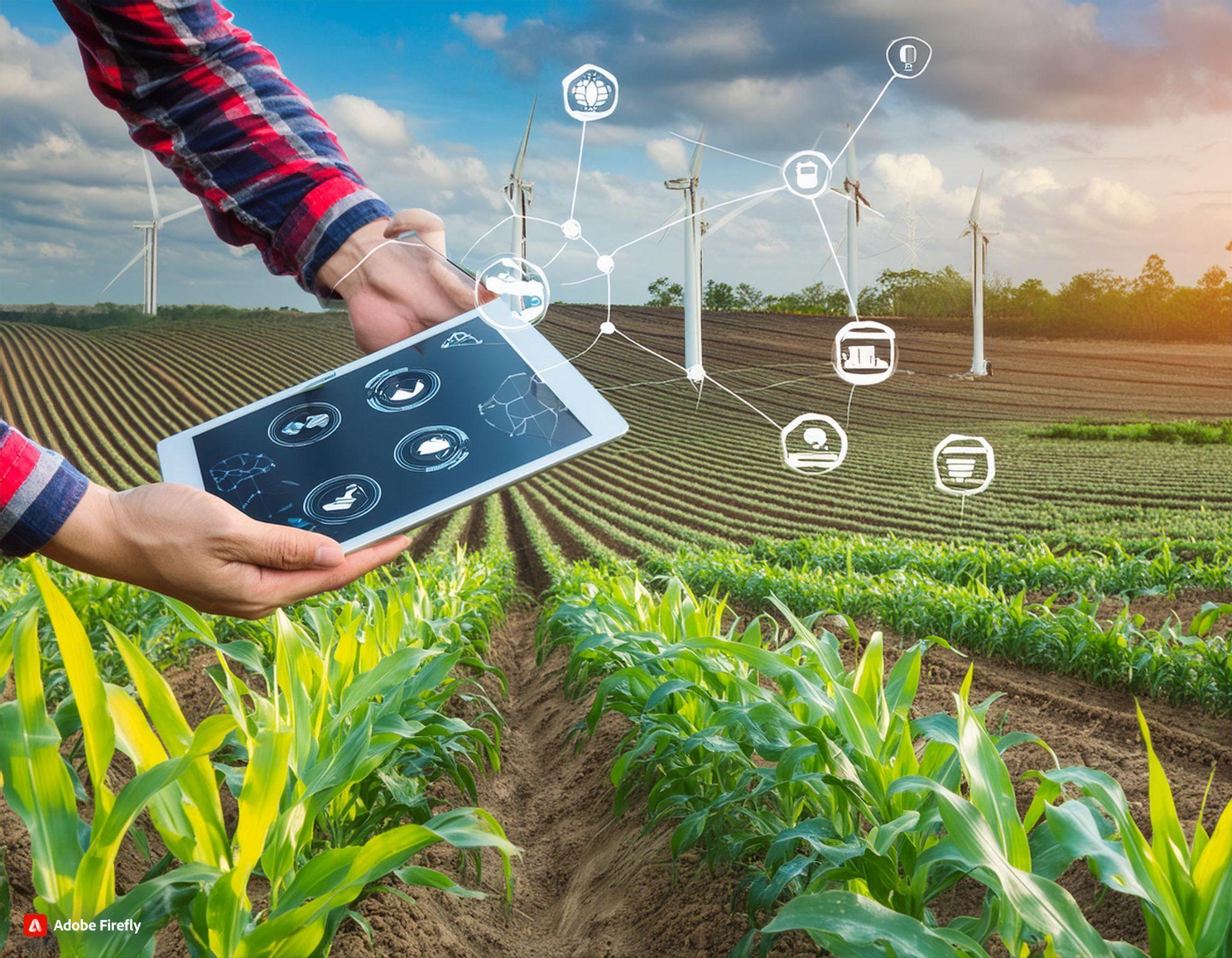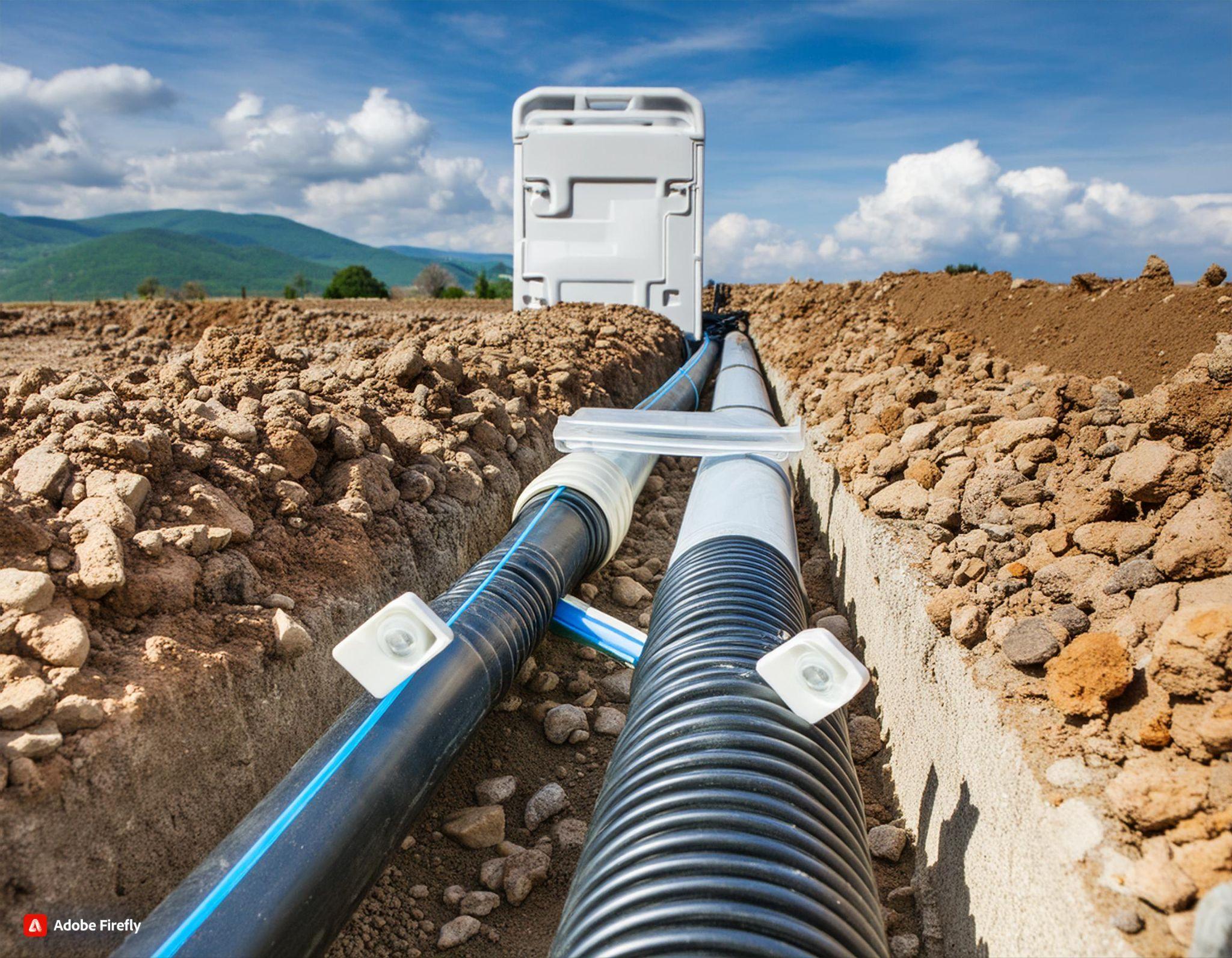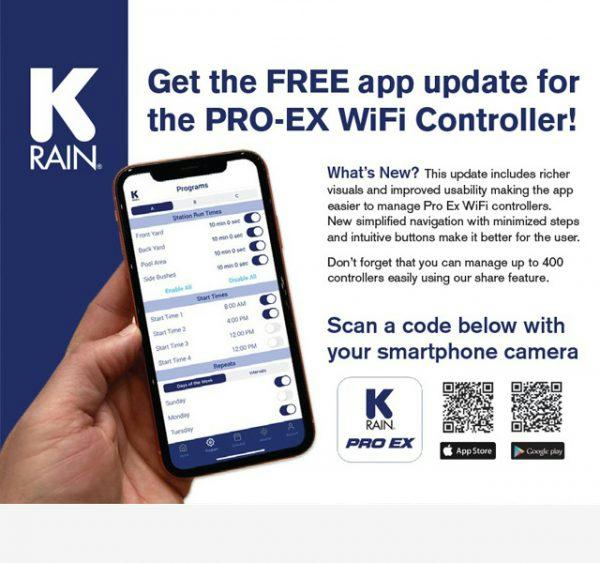Southeast Asia’s tropical climate brings abundant rainfall, yet water scarcity remains a challenge due to uneven distribution and population growth. Efficient irrigation is key to ensuring water security while supporting the region’s diverse landscapes, from rice paddies and durian orchards to golf courses and urban gardens. Smart irrigation systems provide an innovative solution, combining technology with sustainable practices to enhance productivity and conserve this precious resource.
The Need for Efficient Irrigation in Southeast Asia
Southeast Asia experiences heavy monsoonal rains, yet countries like Thailand, Vietnam, and the Philippines still face seasonal water shortages. Agriculture accounts for 70-80% of water usage in most SEA nations, but outdated flood irrigation methods result in losses of over 60%. With agricultural expansion and rapid urbanization, demand is rising while climate change disrupts weather patterns.
Drip irrigation and smart water management help address these challenges through targeted applications and data-driven adjustments. Drip systems deliver water directly to plant roots, minimizing evaporation, runoff, and waste. Smart controllers allow remote monitoring and control, enabling real-time responses to environmental conditions. Adopting these technologies can reduce water usage by 30-70% while boosting crop yields by 20-90%.
Key Features of Smart Irrigation Systems
Modern smart irrigation solutions are customizable, sensor-driven, and mobile-accessible:
- Customizable programming matches watering schedules to unique plants and soil types based on factors like exposure and porosity.
- Soil moisture sensors detect exactly when irrigation is needed, eliminating guesswork.
- Weather sensors automatically adjust for rain, wind, and temperature changes to prevent overwatering.
- Mobile and web apps enable both manual and automated adjustments from anywhere.
- Flow meters track water usage for leak detection and optimization.
- Drip lines and rotating sprinklers distribute water slowly and evenly to soil surfaces.
- Automated valves and shut-off switches prevent drainage issues and runoff.
With these capabilities, smart systems curtail excess watering and tailor applications to real-time conditions.
Optimizing Drip Irrigation Efficiency in Southeast Asia
Drip irrigation is ideal for SEA’s high temperatures and uneven terrain. Slow, targeted water delivery prevents evaporation loss while navigating slopes and obstructions. Drip tubing woven through crop beds directs water and nutrients to plant roots without wetting foliage. Buried lines limit algae growth and damage while conserving space for planting.
Proper installation ensures efficiency. Emitters should be placed 8-12 inches apart down feeder lines, with row spacing depending on crop and soil. Filters prevent clogging, while pressure regulators ensure uniform flow. Zone division accommodates varying needs of interspersed crops. Routine flushing removes mineral deposits within lines. Automated systems allow timed watering in measured doses to minimize runoff.
Smart controllers monitor conditions and adjust flow, detecting leaks and soil moisture to match real-time plant water needs. Wireless operation allows remote adjustments and instant fault notifications via mobile apps.
Smart Water Management Strategies for SEA
Implementing smart irrigation systems is just one aspect of efficient water management in Southeast Asia. To truly maximize the potential of these technologies, it’s crucial to adopt a holistic approach that incorporates sustainable practices and considers the unique characteristics of each landscape.
Site Evaluation and Planning: Tailoring Irrigation to the Landscape
Before installing any irrigation system, a thorough site evaluation is essential. This process involves assessing factors such as terrain, soil type, drainage patterns, and existing vegetation. In Southeast Asia, where landscapes range from steep rice terraces to flat palm oil plantations, understanding these site-specific characteristics is crucial for designing an effective irrigation plan.
Based on the site evaluation, the landscape should be divided into zones that group plants with similar water needs and sun exposure. This allows for targeted irrigation, ensuring that each plant receives the right amount of water without waste. For example, in a mixed orchard, durian trees requiring more water should be separated from drought-tolerant coconut palms.
Precision Scheduling: Matching Irrigation to Plant Needs and Weather Conditions
Traditional irrigation methods often rely on fixed schedules, applying water at set intervals regardless of actual plant needs or weather conditions. This approach can lead to overwatering, nutrient leaching, and reduced crop yields. In contrast, precision scheduling involves watering only when necessary based on factors like plant type, growth stage, soil moisture, and weather data.
Smart irrigation controllers equipped with weather sensors can automatically adjust watering schedules based on local conditions. During the dry season, irrigation may need to occur more frequently, while the monsoon season requires less watering. Targeting irrigation during the early morning or late evening helps minimize evaporation losses due to Southeast Asia’s high daytime temperatures.
Mulching and Soil Improvement: Enhancing Water Retention and Soil Health
Mulching is a simple yet effective technique for conserving water in Southeast Asian landscapes. Applying a layer of organic mulch, such as rice straw or shredded leaves, helps reduce surface evaporation, moderate soil temperature fluctuations, and suppress weed growth. In vegetable gardens and fruit orchards, plastic mulch can further limit water loss while controlling pests.
Soil health also plays a critical role in water management. Southeast Asia’s tropical soils are often prone to compaction, limiting their ability to absorb and retain moisture. Techniques like aeration, which involves creating small holes in the soil surface, can improve water infiltration and root growth. Adding organic matter, such as compost or wood chips, enhances soil structure and nutrient-holding capacity.
Maintenance and Monitoring: Ensuring System Efficiency and Leak Prevention
Even the most advanced smart irrigation system requires regular maintenance to ensure optimal performance. In Southeast Asia’s humid climate, emitters and drip lines can easily become clogged with algae, sediment, or mineral buildup. Routinely inspecting and cleaning these components prevents blockages that can lead to uneven watering or system failures.
Monitoring water usage is another crucial aspect of smart irrigation management. Flow meters and soil moisture probes provide valuable data on how much water is being applied and how well it is being absorbed by the soil. This information can be used to fine-tune irrigation schedules, detect leaks, and identify areas where water is being wasted.
Smart Irrigation Solutions for SEA
TurfTech offers specialized products to help SEA landscapes implement smart irrigation:
K-Rain Mobile Apps:
K-Rain’s dedicated mobile apps simplify irrigation management by putting control directly in users’ hands. Compatible with both the Pro EX 2.0 WiFi controller and a range of battery-operated timers, these apps offer tailored experiences for specific models.
The Pro EX 2.0 app leverages WiFi connectivity to enable remote sprinkler management and water usage tracking. Users can effortlessly adjust schedules, monitor system status, and respond to weather changes from their smartphones. This level of control is invaluable for optimizing irrigation across Southeast Asia’s varied terrains and climates.
For battery-powered controllers, K-Rain’s app integrates Bluetooth Smart Technology to provide straightforward operation. Compatible with models like the BL-KR, BL-24, and TC-KR, the app allows users to program and monitor these timers wirelessly. This eliminates the need for physical access, making irrigation management possible in hard-to-reach or remote areas common in Southeast Asia.
BL-KR Battery Powered Bluetooth Controller:
The BL-KR Battery Powered Bluetooth Controller is a game-changer for challenging irrigation environments. Its robust, IP68-certified waterproof design can withstand the region’s heavy monsoons and humid conditions. This durability ensures reliable performance in isolated locations like rice paddies, orchards, and golf courses.
With Bluetooth connectivity, users can program and troubleshoot the BL-KR from up to 35 feet away using their smartphone. The app allows for effortless management of up to 400 timers, with geo-location tracking to pinpoint each controller. Instant notifications keep users informed of any setting changes, enabling prompt adjustments.
The BL-KR is compatible with rain and freeze sensors, allowing for automatic operation based on environmental conditions. This sensor integration optimizes water usage by preventing irrigation during rainfall or low temperatures, a crucial feature for Southeast Asia’s variable weather patterns.
Available in 1, 2, 4, and 6 station models, the BL-KR caters to various irrigation needs across different scales of landscapes. Its 9V DC alkaline battery power source is ideal for locations without direct electricity access, a common challenge in rural SEA areas. The controller’s non-volatile memory retains programming even during power outages, with cloud backup for easy recovery.
Selection Guide: Choosing the Right Smart Irrigation System for Southeast Asian Landscapes
Investing in a smart irrigation system is a significant decision that can greatly impact water conservation, plant health, and operational efficiency. With a wide range of options available, it’s essential to consider factors specific to Southeast Asian landscapes when selecting the right solution. This guide offers key considerations to help you make an informed choice.
Assess Your Landscape Size and Complexity
The size and complexity of your landscape will determine the type of smart irrigation system you need. For smaller gardens or residential lawns, a basic controller with weather-based scheduling and mobile app integration may suffice. However, larger properties like golf courses, agricultural fields, or public parks require more advanced systems with multiple zones, central control, and sensor networks.
Consider the number of irrigation zones needed based on plant types, sun exposure, and soil conditions. Ensure that the system you choose can accommodate the required number of zones and allows for future expansion if necessary.
Evaluate Water Availability and Quality
Southeast Asia’s water resources vary greatly, from abundant rainfall in some regions to water scarcity in others. Assess your site’s water availability, including sources like wells, reservoirs, or municipal supplies. The irrigation system should be compatible with the water pressure and flow rate available.
Water quality is another critical factor, as high levels of sediment, minerals, or contaminants can clog emitters and damage equipment. In areas with poor water quality, choose systems with built-in filtration or pair them with external filters to prevent blockages and ensure consistent performance.
Determine the Level of Technological Integration
Smart irrigation systems offer varying degrees of technological integration, from basic weather-based controllers to fully automated, cloud-connected solutions. Consider your needs and technical comfort level when selecting a system.
For remote monitoring and control, choose controllers with WiFi or cellular connectivity that allow access through mobile apps or web interfaces. This enables real-time adjustments, scheduling updates, and issue alerts from anywhere.
If your landscape has unique microclimates or specific plant requirements, look for systems that support sensor integration. Soil moisture sensors, weather stations, and flow meters provide valuable data to optimize irrigation schedules and detect leaks or abnormalities.
Evaluate Ease of Installation and Maintenance
Consider the installation process and long-term maintenance requirements when choosing a smart irrigation system. Some systems are designed for easy DIY installation, while others may require professional expertise.
Look for controllers with intuitive interfaces and clear instructions to simplify programming and adjustments. Modular systems allow for easy expansion or replacement of components as needed.
Regular maintenance is crucial for optimal performance, so choose systems with accessible filters, valves, and sensors for cleaning and inspection. Automatic alerts for clogged emitters or pressure issues can help proactively address maintenance needs.
Consider Scalability and Future-Proofing
As your landscape evolves, your irrigation needs may change. Select a system that can scale and adapt to future requirements.
Modular controllers allow for the addition of new zones or sensors as your property expands. Cloud-based systems enable seamless updates and integration with emerging technologies like AI and machine learning for predictive irrigation scheduling.
Invest in Quality and Reliability
While cost is an important consideration, prioritizing quality and reliability can save money in the long run. Look for systems from reputable manufacturers with proven track records in Southeast Asian markets.
Choose controllers and components designed to withstand the region’s harsh environmental conditions, such as high humidity, extreme temperatures, and heavy rainfall. Durable materials like UV-resistant plastics and corrosion-resistant metals ensure long-term performance.
Seek Professional Guidance
Consulting with irrigation professionals, landscape architects, or agricultural experts can provide valuable insights specific to your Southeast Asian location. They can assess your site’s unique challenges, recommend suitable systems, and guide proper installation and maintenance practices.
Conclusion
Southeast Asia’s tropical climate and rising water demands require a strategic approach to irrigation. Smart solutions combine drip efficiency with automated precision to sustain the region’s vibrant agriculture and landscapes. By harnessing technology with sustainable practices, it is possible to optimize irrigation regardless of monsoon variability, uneven terrain, and urbanization challenges.
Jebsen & Jensen provides specialized products and expertise to help Southeast Asia cultivate water security today and resilience for tomorrow. With a wide range of smart irrigation solutions tailored to the region’s unique needs, Jebsen & Jensen is committed to helping landscapes thrive while conserving water resources.




